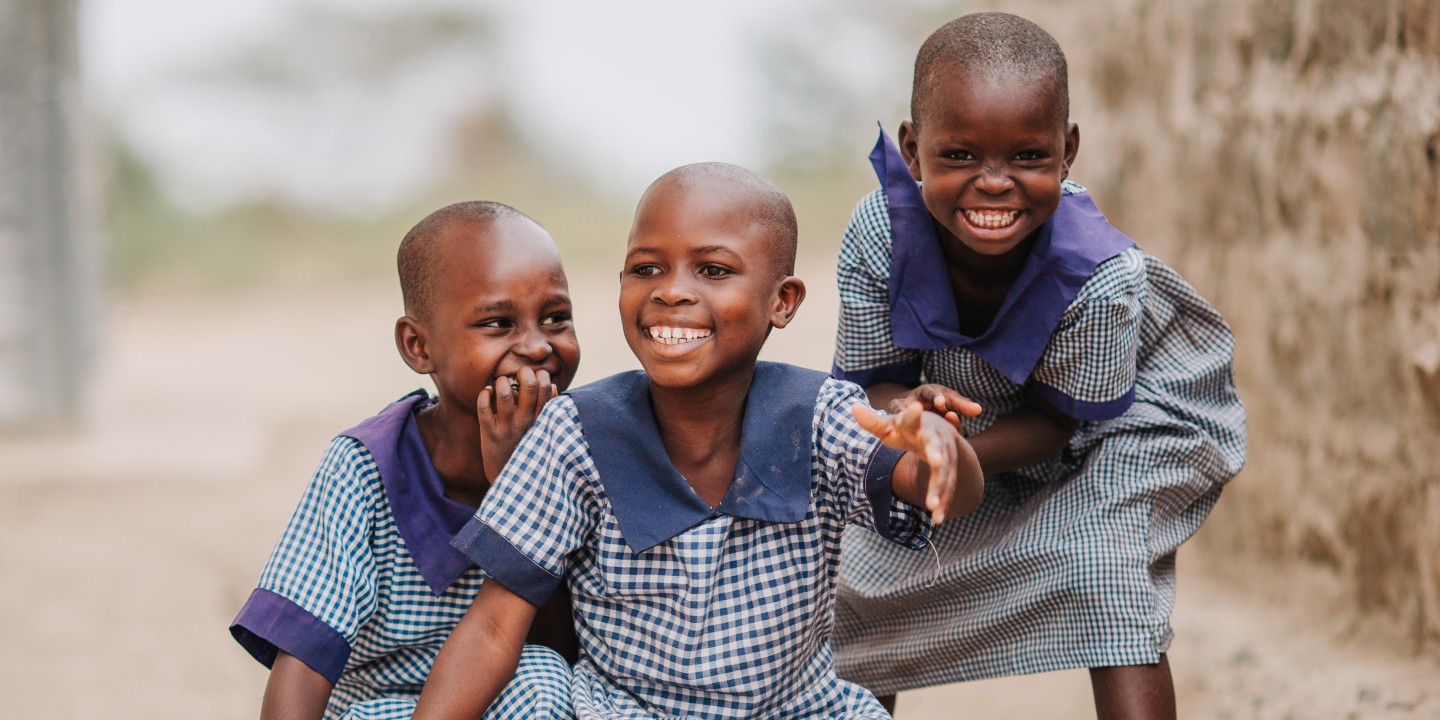
Groundbreaking new tools advance measurement of SDG 4
Research 26 Apr 2022 7 minute readAnalysing the long-term impacts of COVID-19 on learning in sub-Saharan Africa helps governments to measure learning progress towards SDG 4.
COVID-19 has disrupted school education around the world. School closures have forced teachers and students into their homes and countries to find ways to deliver remote learning and adapt curricula and assessments. The pandemic has also created additional barriers for the achievement of Sustainable Development Goal (SDG) 4: education for all.
The COVID-19: Monitoring Impacts on Learning Outcomes (MILO) project was designed to analyse the impact of COVID-19 on learning outcomes in mid-2021 and to evaluate the effectiveness of distance learning mechanisms used during school closures. The MILO project focused on the learning outcomes of children at the end of primary school in six countries in Africa – Burkina Faso, Burundi, Côte d’Ivoire, Kenya, Senegal and Zambia.
A UNESCO Institute for Statistics (UIS) project, MILO was funded by the Global Partnership for Education (GPE). The Australian Council for Educational Research (ACER) was the technical partner, with support provided from the Global Education Monitoring (GEM) Centre, a long-term strategic partnership between ACER and the Australian Government’s Department of Foreign Affairs and Trade (DFAT). Working closely with global, regional and national education stakeholders, the GEM Centre provides technical support to enable monitoring of progress towards SDG 4 by 2030. Technical and implementation support for the MILO project was provided by CONFEMEN.
One of the main goals of the MILO project was to develop a measure of the United Nations SDG indicator 4.1.1b: the proportion of children and young learners at the end of primary school who are achieving at least a minimum proficiency level (MPL) in reading and mathematics, by sex. While within the context of the MILO project the aim was to estimate the impact of the COVID-19 pandemic, the tools developed will have a profound impact on improving children’s learning as they can also be applied more broadly to monitor progress towards SDG 4.1.1b.
The Assessments for Minimum Proficiency Levels (AMPL) are ground-breaking and robust tools developed for the study to measure learning outcomes against SDG 4.1.1b. AMPL tests were administered in 2021 alongside national or regional assessments and aligned to the Global Proficiency Framework, which define the mathematics and reading learning domains.
The AMPL material was selected from the UIS Global Item Bank. The Item Bank is comprised of items from a range of sources, including 300 mathematics and 300 reading items provided by the GEM Centre. The items to measure the attainment of the MPLs were selected from the Item Bank to match the benchmark definitions published by the GEM Centre in two papers: ‘Minimum Proficiency Levels: Described, unpacked and illustrated’ and ‘Minimum Proficiency Levels Revisions Proposed by ACER’, which were written to provide a more concrete definition of the MPLs, along with detailed explanatory information and exemplars.
The AMPL can be used on an ongoing basis to measure learning outcomes and monitor progress towards SDG 4. Attendees from a webinar held in January to launch the findings from the MILO project spoke of the importance of this new and innovative methodology in advancing the measurement of SDG 4.
According to Benjamin Piper, Director of Global Education from the Bill & Melinda Gates Foundation, the AMPL tests applied in the six African countries are, “allowing us both to be able to have comparison across countries as well as comparisons within countries over time.”
“It’s critically important for us to use the power of the Global Item Bank and these tests in future rounds of learning assessment. These tools allow us to coordinate with other countries to understand what learning outcomes are like, what impact learning improvement programs are having, and what policy responses are working to improve learning.”
Education stakeholders also value the flexible design of the AMPL: it can be used as a standalone assessment or integrated into existing national or regional assessments. This will enable countries around the world to examine the outcomes of their assessments using a common framework and ultimately, improve children’s learning.
“It’s really exciting that we now have this as a pathway to be able to scale assessment results to international benchmarks,” said Ramya Vivekanandan, Senior Education Specialist & Thematic Lead, Global Partnership for Education.
“This type of work provides a robust methodology to integrate international assessments and to ensure that they’re able to provide reporting towards the global benchmarks.”
As well as its use to monitor progress towards SDG 4.1.1b, AMPL also has the potential for future expansion. This may include translation into other languages, the measurement of global benchmarks at the end of primary and the end of lower secondary levels, and adding new items to provide more information about the children who do not attain the MPLs.
About the GEM Centre
The GEM Centre drives improvements in learning by supporting the monitoring of education worldwide. We work collaboratively with stakeholders at a global, regional and national level, to enable education systems to measure where learners are at, and monitor their progress. While supporting education monitoring initiatives around the world, the GEM Centre has a strategic focus on improving learning in the Indo-Pacific region and provides technical support to enable monitoring of progress towards United Nations Sustainable Development Goal (SDG) 4 by 2030.
Further information
Read the COVID-19 in Sub-Saharan Africa: Monitoring Impacts on Learning Outcomes report.
Watch the Understanding COVID-19 impacts on Learning Outcomes webinar.
Visit the MILO website.
Find out more about the GEM Centre’s work.
